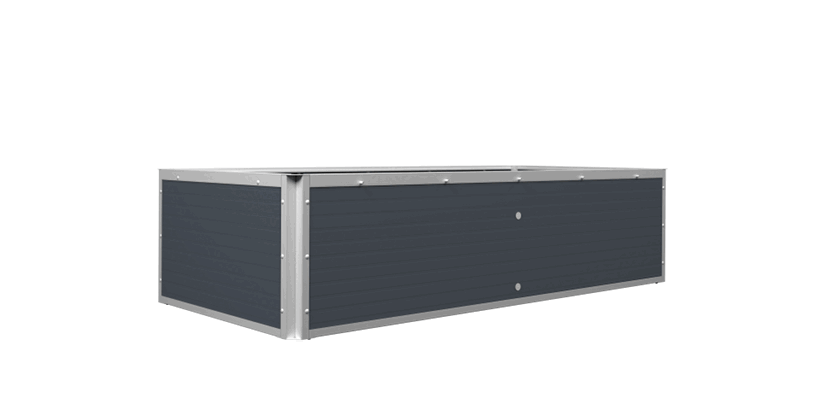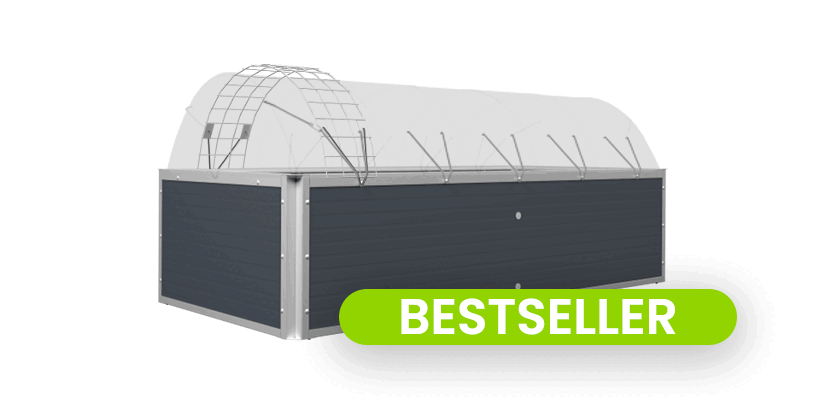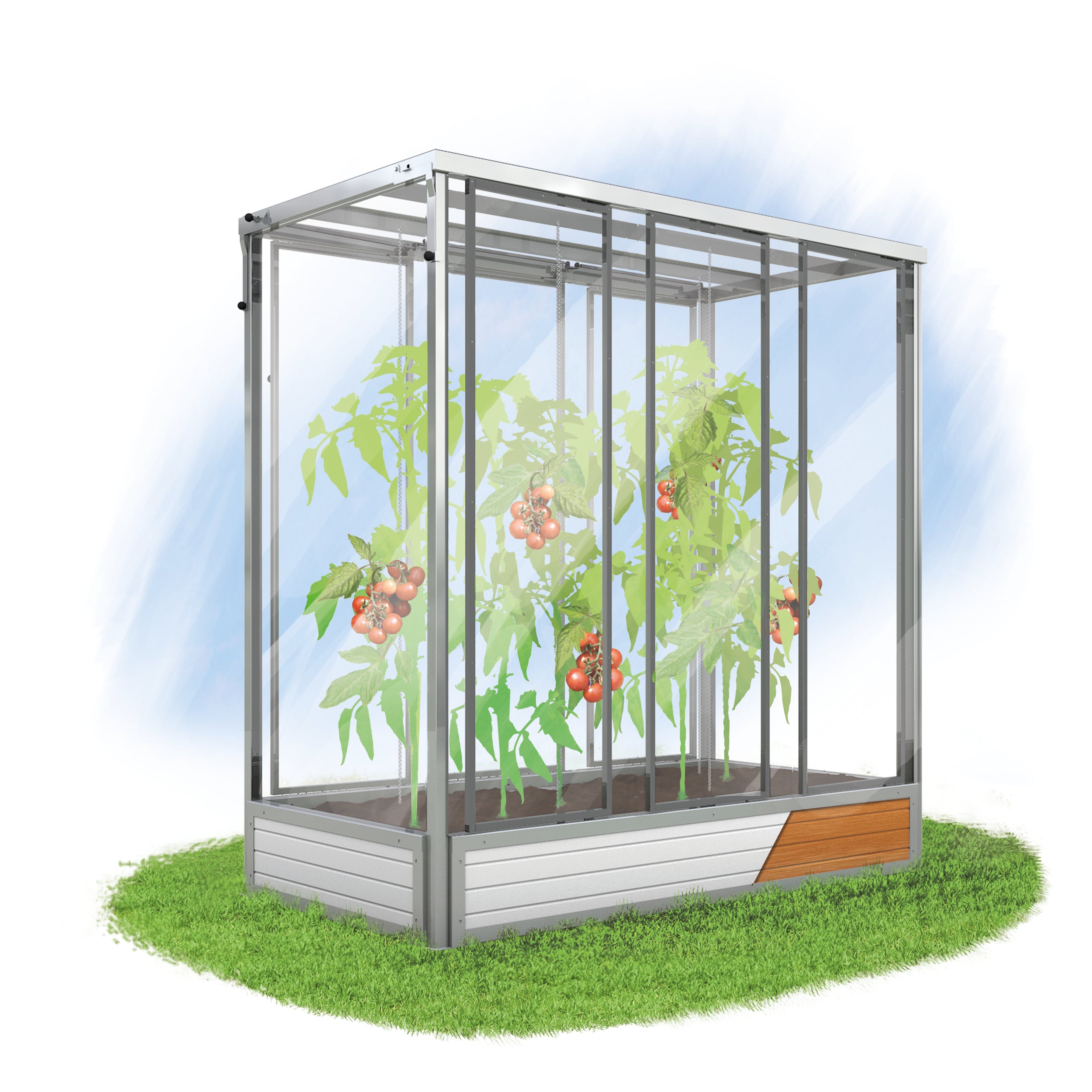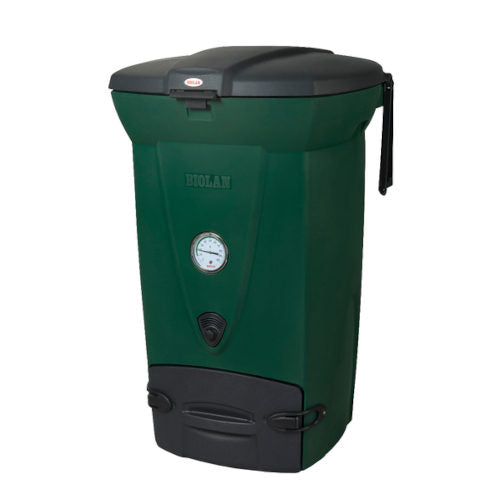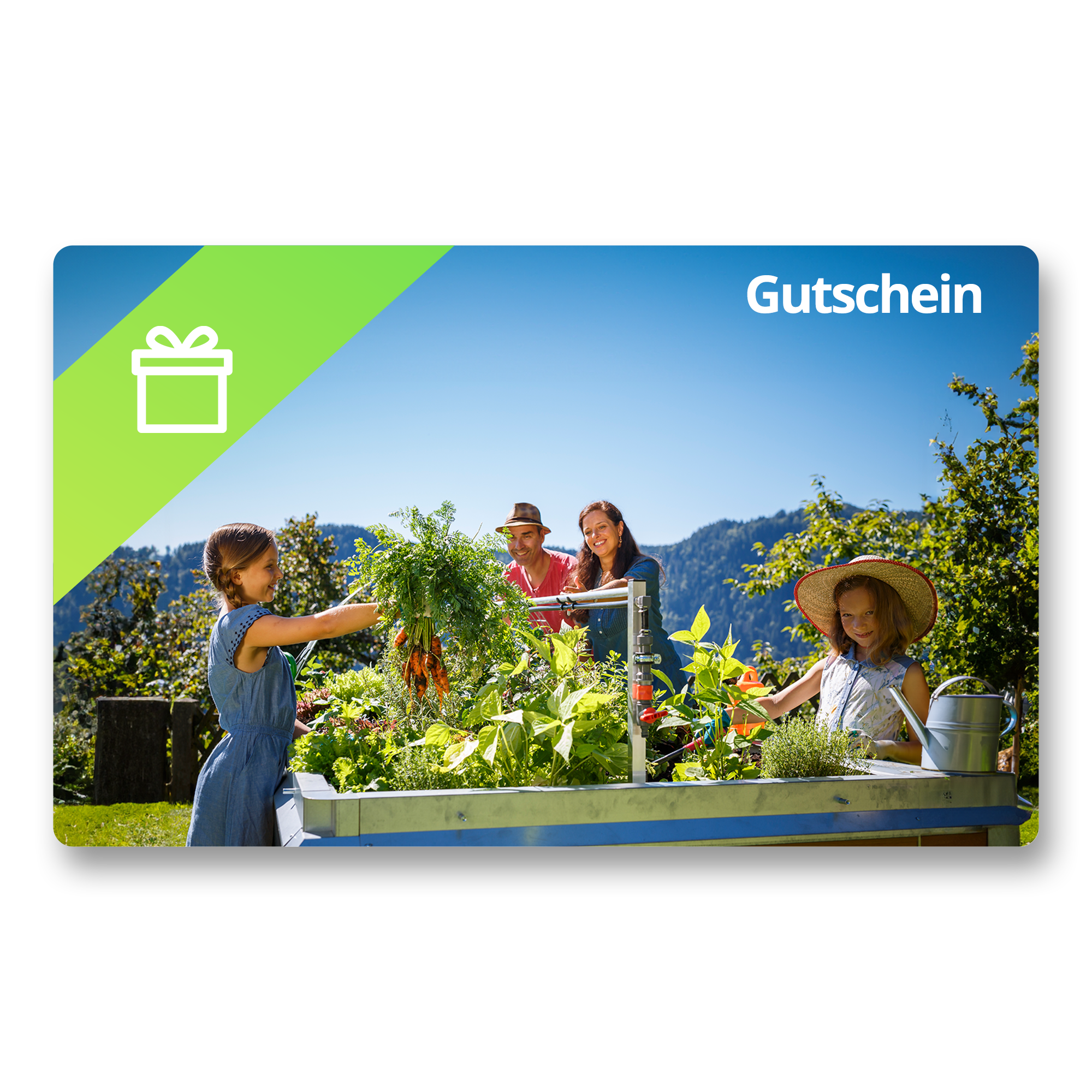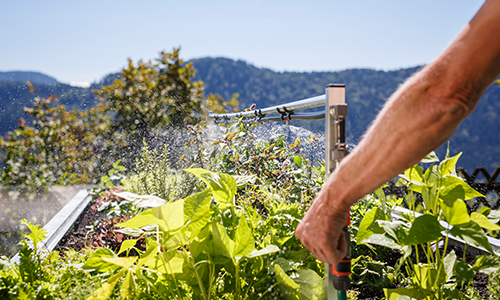Filling your raised bed correctly
Why is correct filling so important?
- Increased nutrient content
- Usability up to 10 months
- Earlier harvests
Step by step: filling the raised bed
Step 1:
What should I fill the raised bed with?
refill raised bed
- New material for the natural rotting processes
- Fresh nutrient supply
- Re-layer as the layers mix over time
- Use of the entire space in the raised bed
- For the bottom layer, use various wood chips. Fill one third of the raised bed with it.
- The second layer should ideally consist of naturally composted material. Alternatively, horse or cow manure can also be used.
- As a third layer, the raised bed is filled with high-quality soil.
Disadvantages
- Due to the lack of protection at the bottom, the risk of voles and other pests entering the raised bed increases considerably
- The material used does not have the same high quality as organic material from your own garden.
Part of the filling can also be replaced with straw bales or similar filling material.
- Start again by adding the bottom layer of wood chips.
- Now place a layer of straw or straw bales on the first layer
- As in Alternative 1, cow dung or horse manure is used as the penultimate layer.
- On top of this you cover it with a layer of soil into which the plants are then placed.
Disadvantages
- Since the straw rots comparatively quickly, it will probably be necessary to refill the raised bed every year with this filling method.
This method is a long-term one and therefore requires a lot more time than the alternatives mentioned above. If you are in a hurry, you should opt for one of the previous approaches.
- In this variant, the bottom layer of wood chips is created first.
- Now the raised bed used as a composter for a year. Finally, before plants or seeds are planted, a layer of topsoil and a layer of potting soil should be added on top of the composting material.
Disadvantages
- This variant takes a relatively long time and is therefore not suitable for spontaneous filling.
refill raised bed
- New material for the natural rotting processes
- Fresh nutrient supply
- Re-layer as the layers mix over time
- Use of the entire space in the raised bed
